Kyoto Kimono Museums Visual Gallery
The Influence of Japanese Nihonga Painting on Kimono Design in Kyoto
When people think of Kyoto, the image of women gracefully walking through its historic streets wearing vibrant kimonos often comes to mind. But what many visitors may not realize is that the artistic beauty of these garments is deeply tied to Nihonga painting, a Japanese art form developed in the late 19th century. This connection between traditional painting and textile design continues to inspire kimono creators and fashion lovers today.
In this article, we’ll explore the origins of Nihonga, its influence on kimono design, and why Kyoto remains the epicenter of this cultural exchange. We’ll also show you how to experience this blend of art and fashion firsthand during your visit, and where to capture the most unforgettable kimono photography in Kyoto.
If you’re planning a trip to Kyoto, don’t miss the chance to wear a kimono and book a professional photoshoot in the city’s most iconic locations. You can reserve your experience here: Kimono Photography in Kyoto.
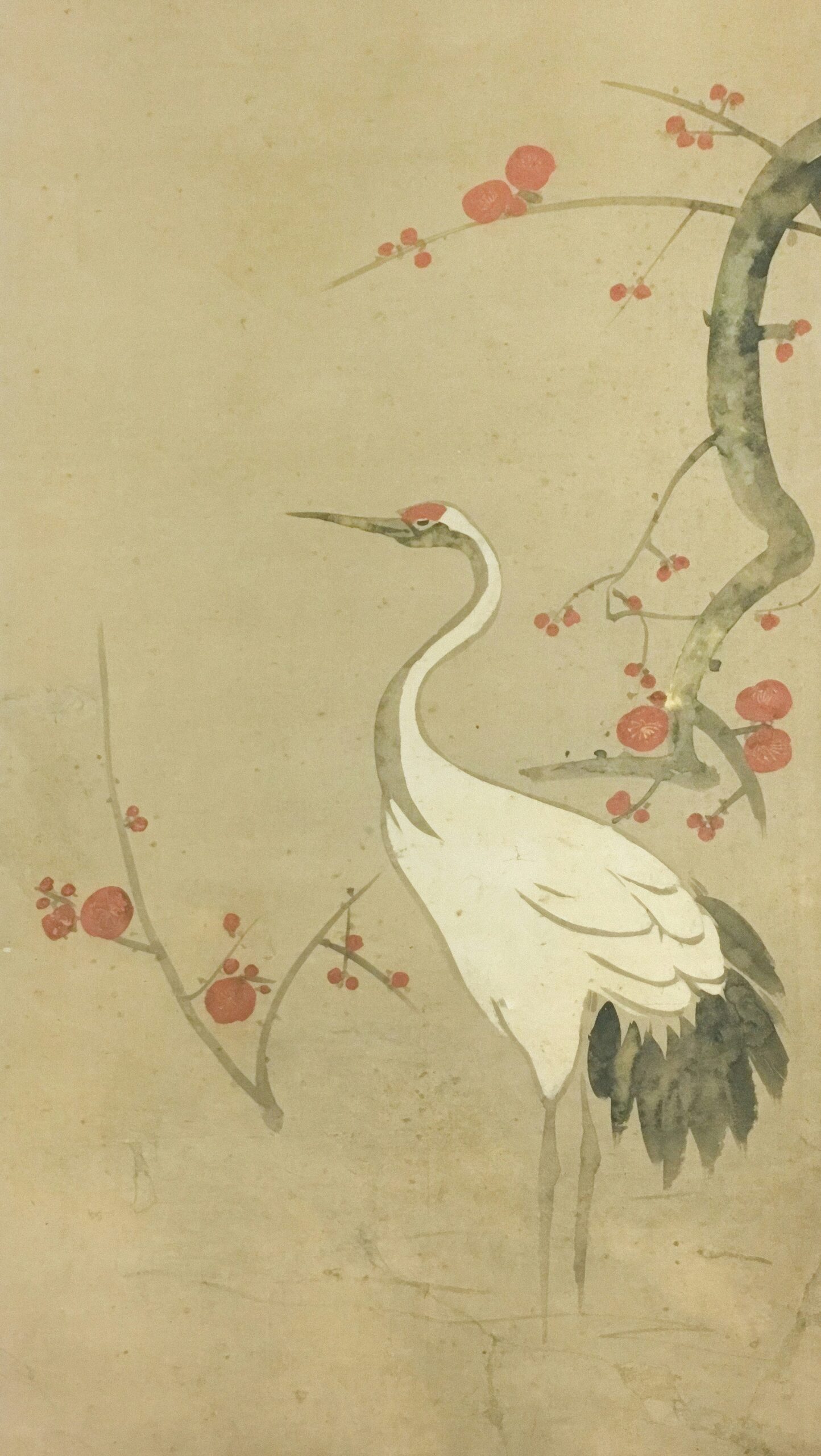
Traditional Nihonga Art
Japanese Red Crowned Cranes Dance and Plum Blossom – exemplifying the natural motifs that inspired kimono designs
- 1. What Is Nihonga?
- 2. Kyoto: The Cultural Heart of Nihonga and Kimono
- 3. Symbolism Shared by Nihonga and Kimono
- 4. The Artistic Process: From Painting to Kimono
- 5. Modern Interpretations: Nihonga’s Legacy in Today’s Kimonos
1. What Is Nihonga?
Nihonga (日本画) literally means “Japanese-style painting.” It emerged in the late 1800s during the Meiji era, a period when Japan was opening to Western influences. Artists wanted to preserve traditional aesthetics while also experimenting with modern techniques.
Unlike Western oil paintings, Nihonga is characterized by:
- Natural pigments made from minerals, shells, and even semi-precious stones.
- Delicate layering on silk or washi paper.
- Motifs inspired by nature, such as cherry blossoms, flowing water, or seasonal landscapes.
- A balance of empty space (ma) and detailed imagery, reflecting Zen philosophy.
These elements made Nihonga a unique artistic language, and soon, textile artisans in Kyoto, Japan’s cultural capital, began incorporating its motifs into kimono design.
2. Kyoto: The Cultural Heart of Nihonga and Kimono
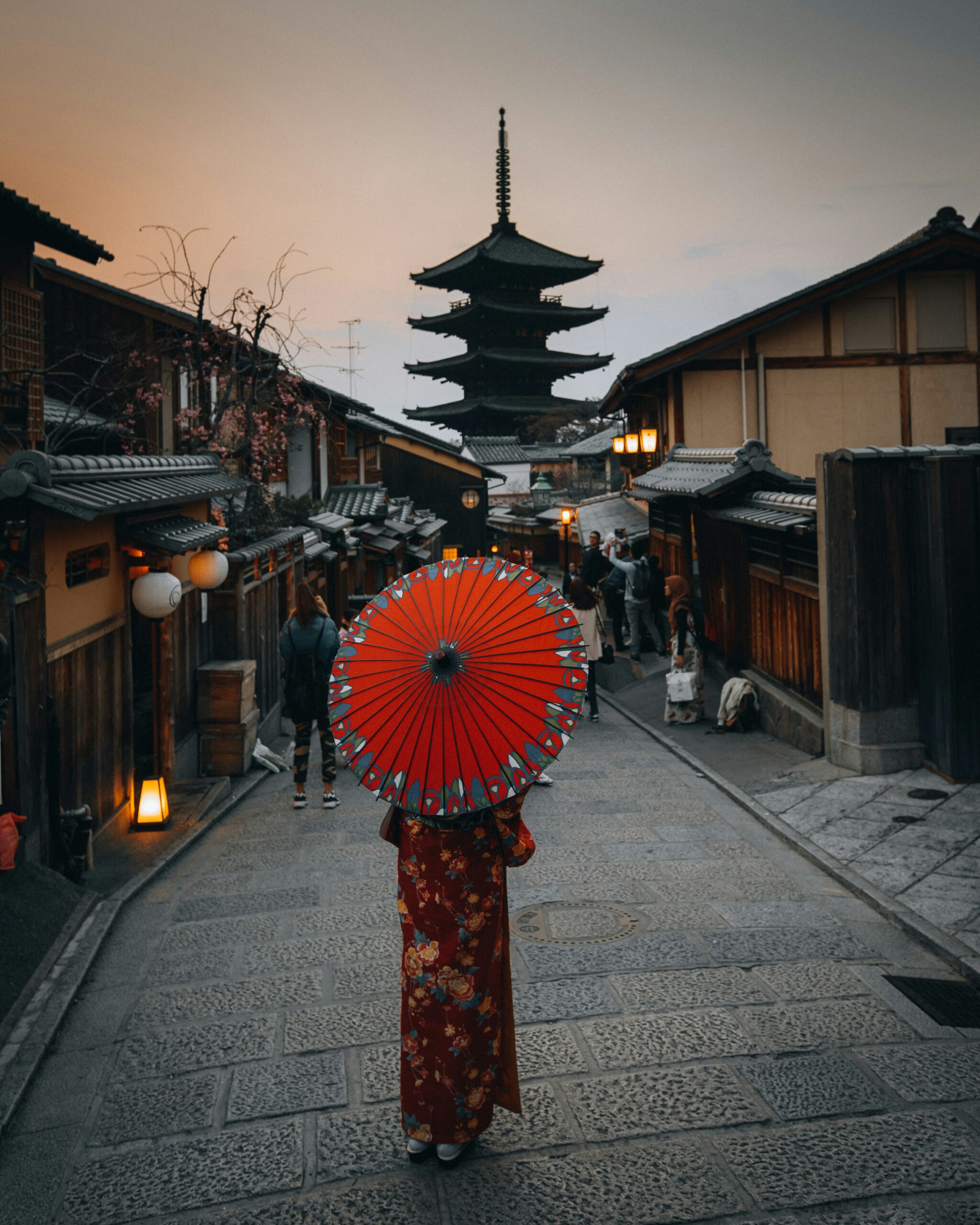
Gion District – Where Tradition Lives
The historic heart of Kyoto where kimono culture and artistic tradition continue to thrive
Kyoto was not only home to master painters of Nihonga, but also to the finest kimono makers. With centuries of tradition in textile arts, including Yuzen dyeing, Kyoto became the perfect place where painting and fashion met.
- The Kyoto School of Nihonga flourished here, producing artists like Takeuchi Seihō.
- Kimono workshops collaborated with artists to translate painted motifs into wearable art.
- Seasonal festivals and rituals in Kyoto provided opportunities to showcase these designs.
This fusion elevated the kimono beyond daily wear — it became a moving canvas of Japanese art.
3. Symbolism Shared by Nihonga and Kimono
Both Nihonga paintings and kimonos carry deep layers of meaning. Designs are never just “pretty”; they tell stories, express seasons, and even convey personal messages.
Common Motifs:
Cherry blossoms (sakura)
Fragility of life, spring renewal.
Waves and flowing water
The unstoppable force of nature.
Cranes (tsuru)
Longevity, good fortune.
Maple leaves (momiji)
Autumn beauty and change.
When you wear a kimono in Kyoto, you’re not just dressing up — you’re literally wrapping yourself in a piece of cultural storytelling rooted in Japanese art.
4. The Artistic Process: From Painting to Kimono
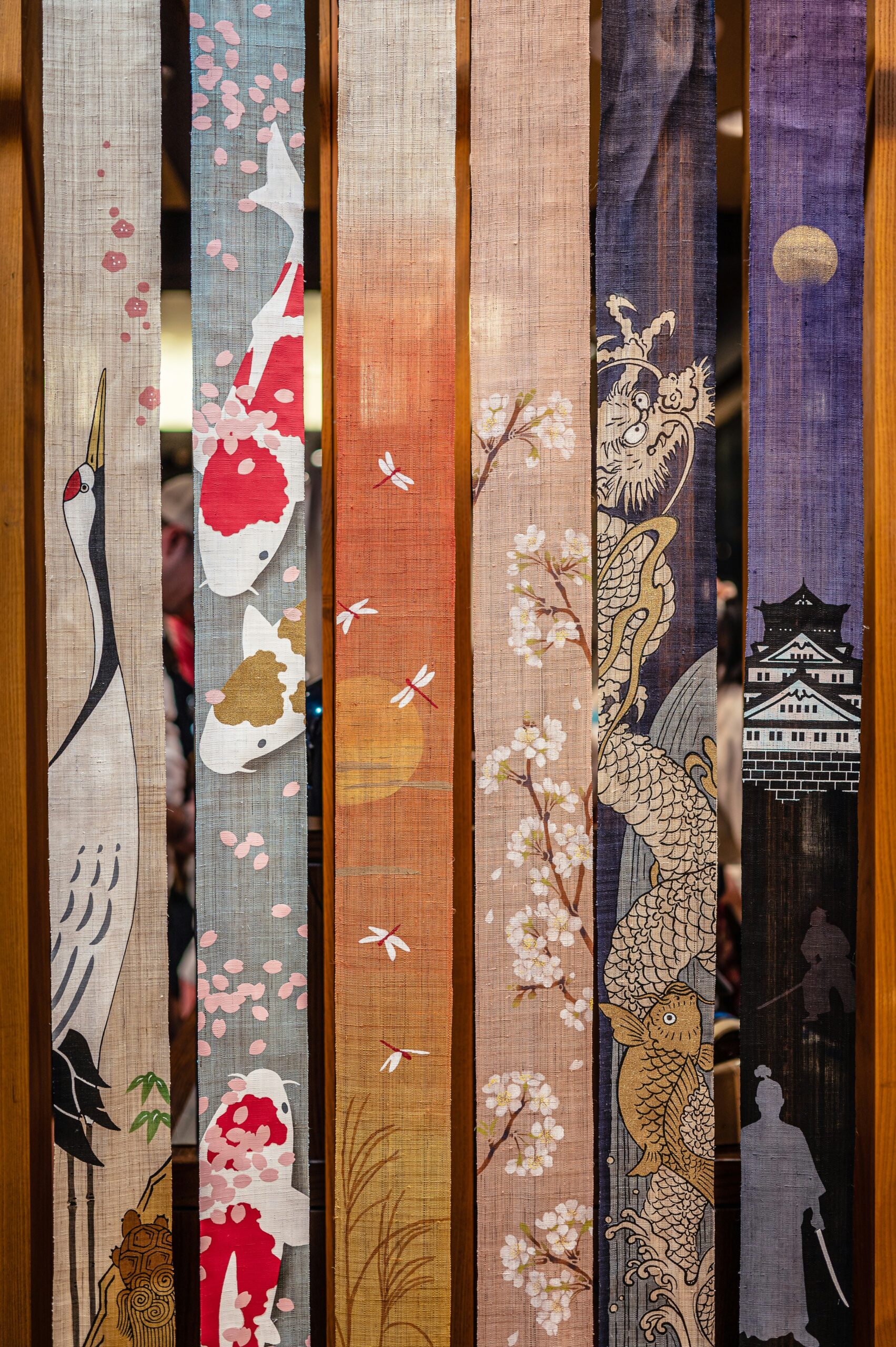
Kyo-Yuzen Dyeing Mastery
The intricate hand-painting process that brings Nihonga motifs to life on silk fabric
How does a Nihonga painting become a kimono pattern?
1.Concept stage
Inspired by traditional motifs or seasonal themes.
2.Sketching and dye design
Artists adapt flat compositions into repeating textile patterns.
3.Yuzen dyeing
A Kyoto specialty where hand-painted dyes bring the pattern to life.
4.Gold and silver accents
Echoing the mineral pigments used in Nihonga.
5.Final tailoring
The fabric is carefully cut and sewn, respecting the flow of the design.
The result: a kimono that feels both like an art exhibition and a fashion statement.
5. Modern Interpretations: Nihonga’s Legacy in Today’s Kimonos
Even today, Kyoto designers continue to draw from Nihonga:
Bridal Kimonos
Luxurious hand-painted motifs reminiscent of classic Japanese paintings
Fashion Collaborations
Brands collaborate with Nihonga-inspired artists for limited editions
Tourist Rentals
Rental shops in Gion offer designs with subtle references to traditional art
This is proof that Nihonga is not just history — it’s a living influence on Japanese fashion.
6. Experiencing Nihonga and Kimono Culture in Kyoto
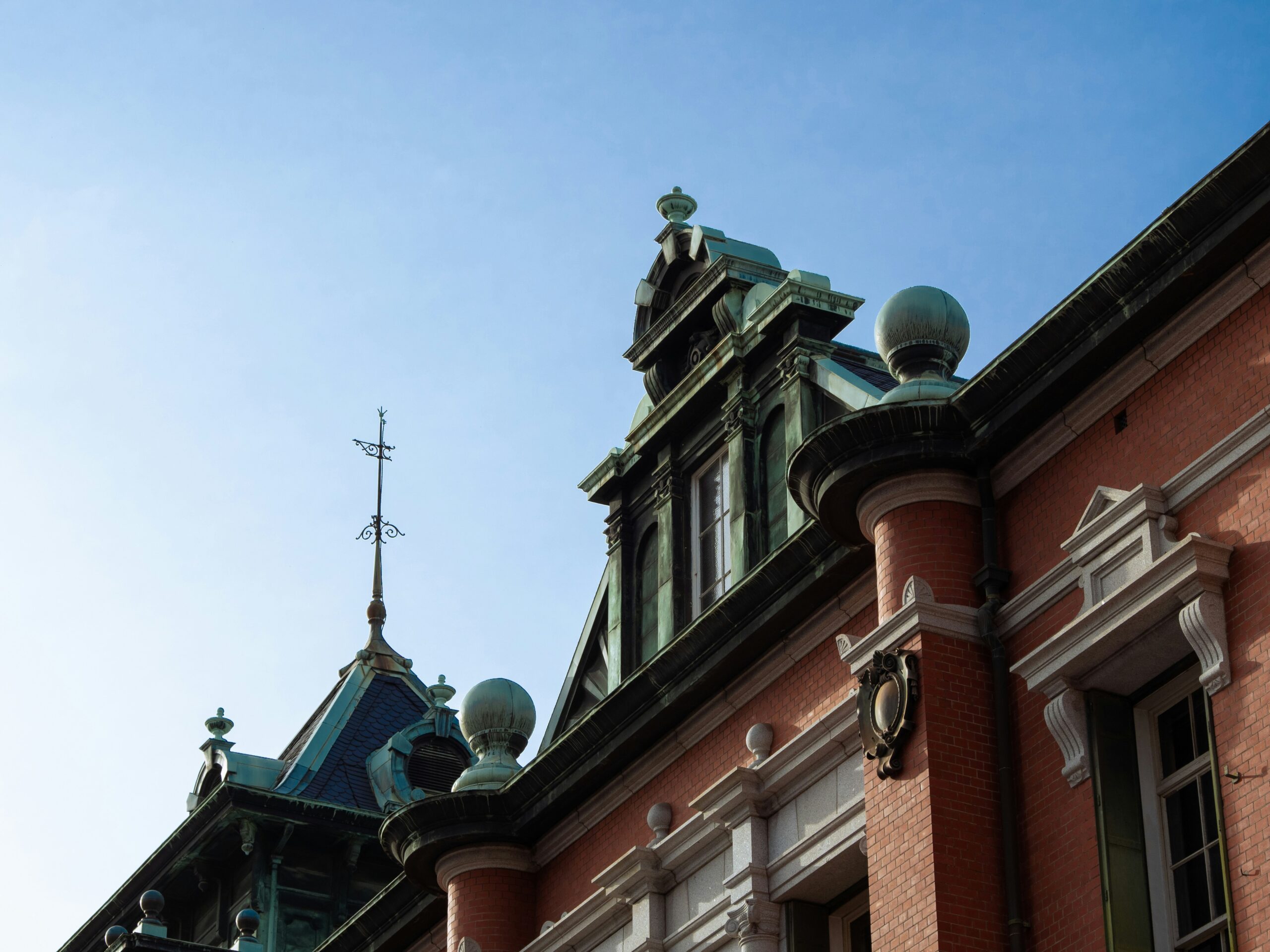
Kyoto National Museum
Main Exhibition Hall featuring rotating collections of Nihonga masterpieces and cultural treasures
For travelers, Kyoto offers countless opportunities to explore this connection:
Kyoto National Museum
Features rotating exhibitions of Nihonga works.
Kyoto Municipal Museum of Art
Hosts both traditional and contemporary Nihonga.
Kimono rental in Gion or Higashiyama
Perfect for wearing a kimono inspired by classic art.
Photography sessions in scenic locations
Capture yourself as part of Kyoto’s timeless landscape.
Book your own Kyoto kimono photography experience here: allphoto-kyoto.com
7. Best Photography Spots in Kyoto for Kimono Lovers
If you’re dressed in a Nihonga-inspired kimono, here are some must-visit locations:
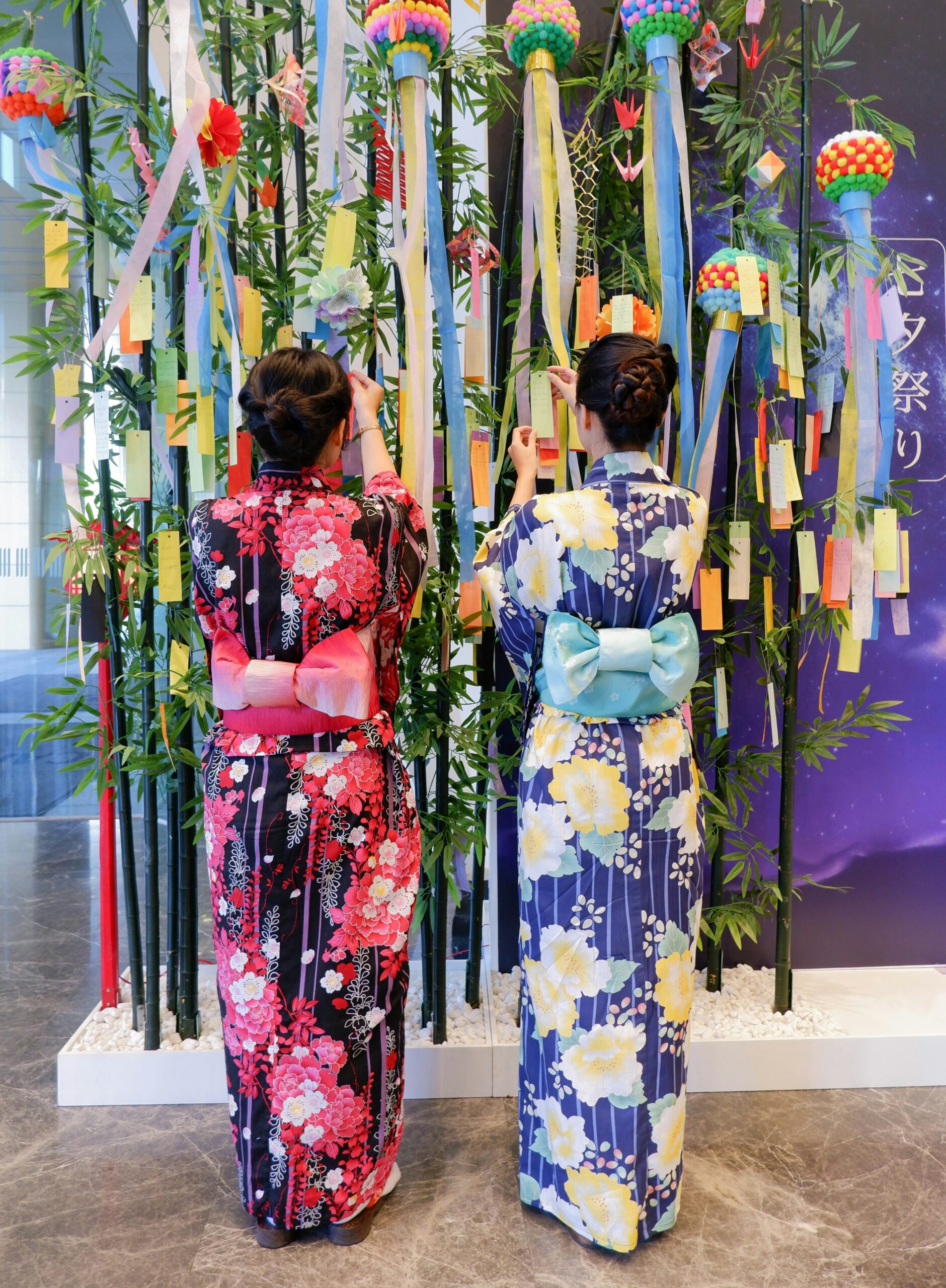
Kiyomizudera Temple
Panoramic views of the city
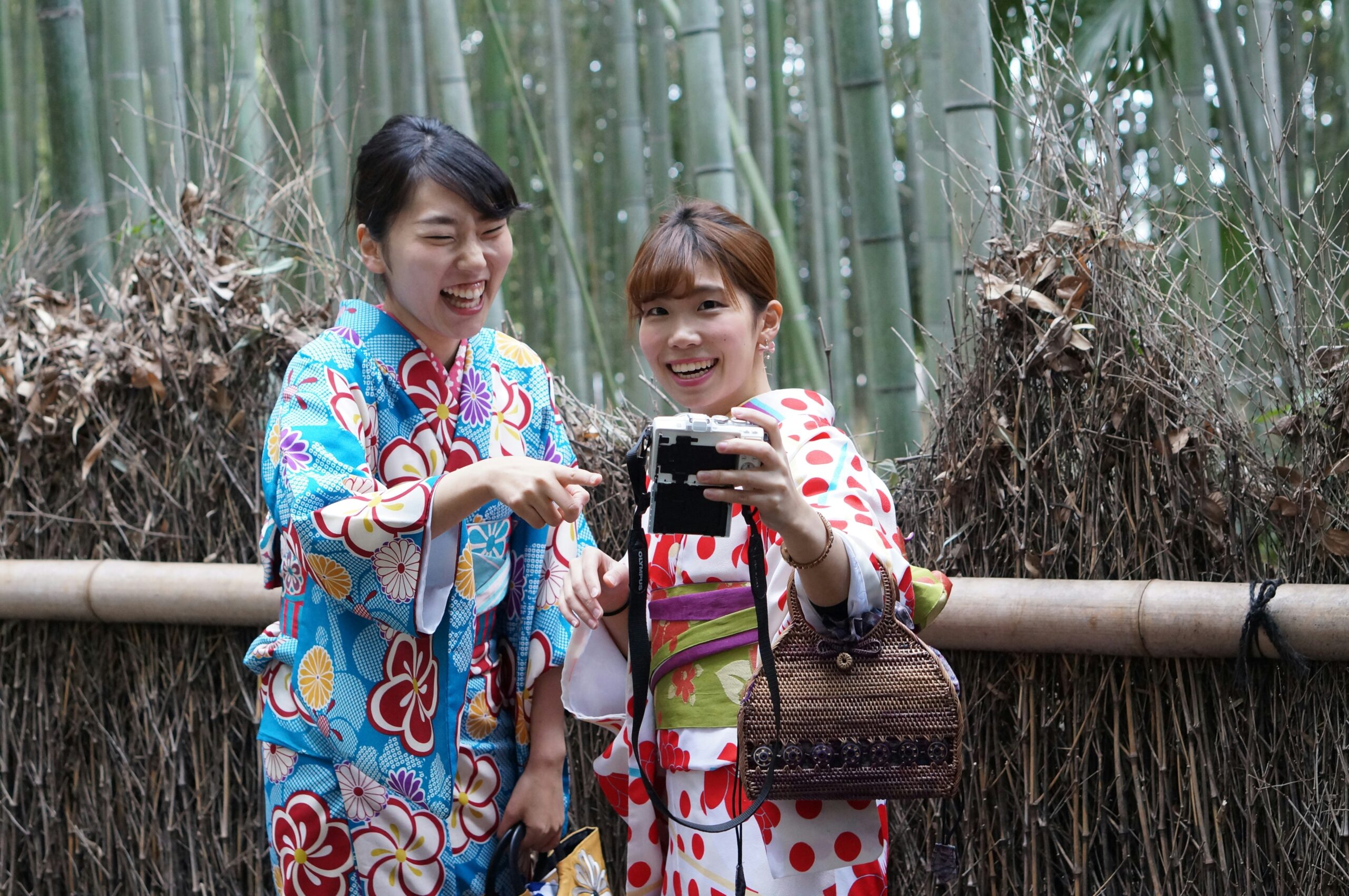
Arashiyama Bamboo Grove
Ethereal atmosphere perfect for kimono photos
Gion District
Wooden machiya houses, lantern-lit streets
Kiyomizudera Temple
Panoramic views of the city
Yasaka Shrine
A vibrant backdrop of tradition
Arashiyama Bamboo Grove
Ethereal atmosphere perfect for photos
These spots combine Kyoto’s natural beauty and historic charm, echoing the very aesthetics that inspired Nihonga.
8. Why This Connection Matters Today
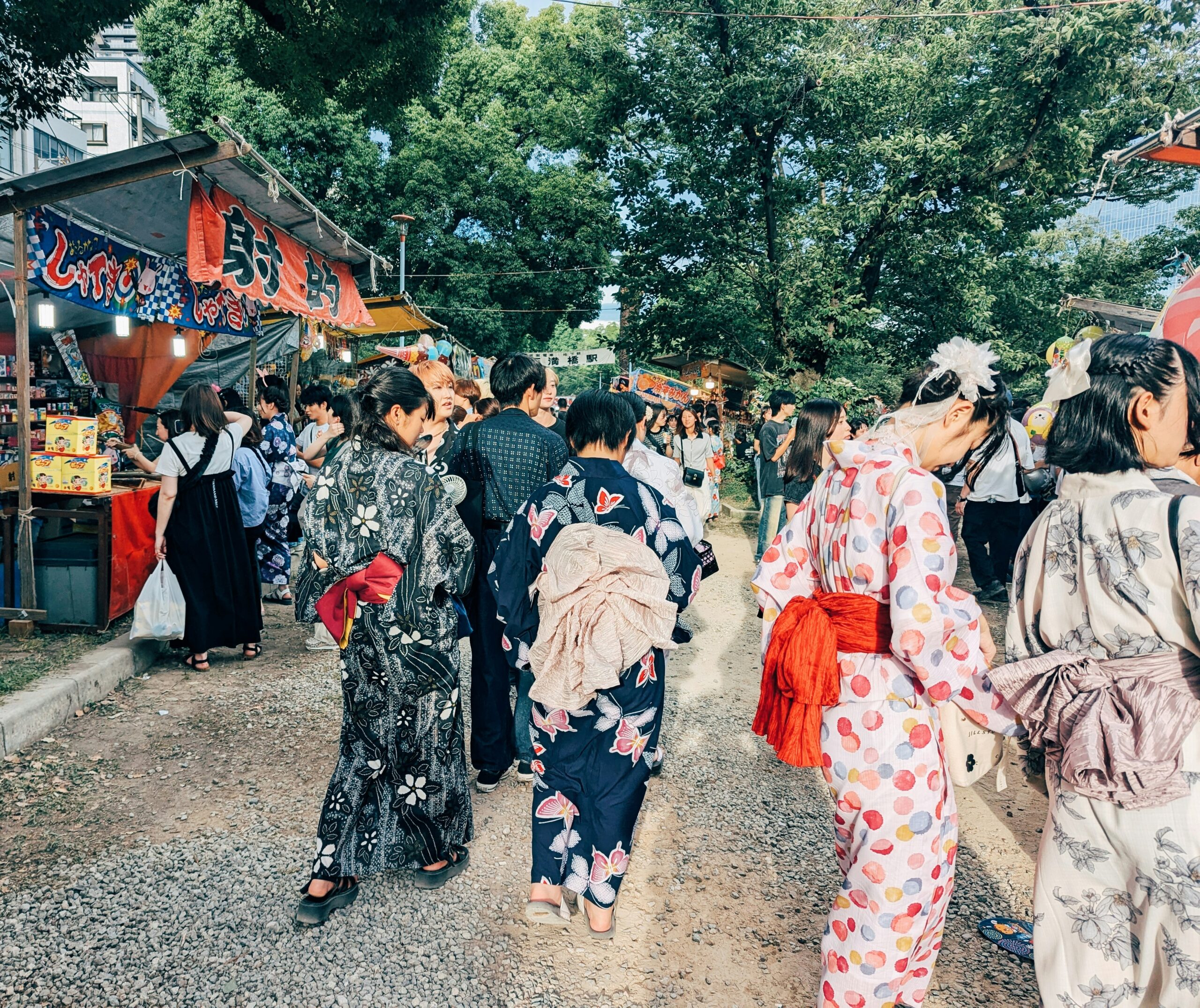
Wagara: Traditional Kimono Patterns
Intricate details showing the artistic mastery and cultural symbolism woven into every kimono design
In an age of fast fashion, the fusion of Nihonga and kimono reminds us of the importance of:
Slow, Intentional Craftsmanship
Taking time to create beauty that lasts generations
Cultural Storytelling
Fashion as a medium for preserving and sharing heritage
Sustainable Design
Valuing timeless beauty over temporary trends
By appreciating and wearing these garments, visitors help preserve Kyoto’s artistic heritage while creating their own memories.
9. Conclusion
The influence of Nihonga painting on kimono design is one of the most beautiful examples of how Japanese art and fashion are inseparable. In Kyoto, the heart of tradition, you can still see and even wear this living art form.
Whether you’re an art lover, a traveler, or simply curious about Japanese culture, stepping into a kimono in Kyoto allows you to carry centuries of tradition — and capture it forever through photography.
Ready to live this experience? Book your professional kimono photoshoot in Kyoto today at allphoto-kyoto.com.


コメント